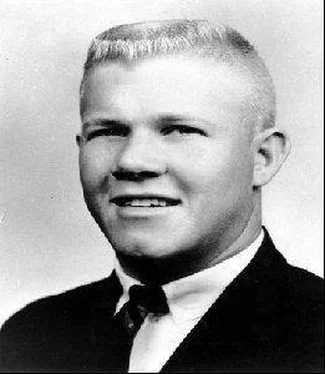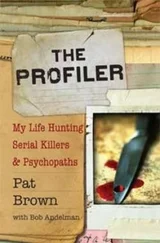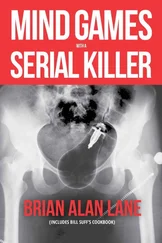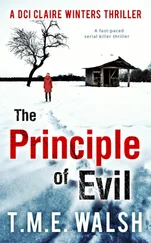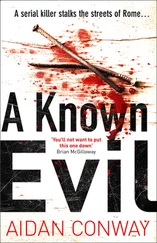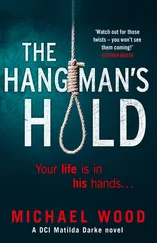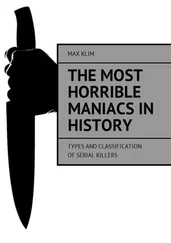In all likelihood, Macrae photocopied the report and passed it on to the defense lawyers. Certain of the seriousness of the accusations, Dr. Macrae dropped his resistance to doctors talking to the police. In the end though, only two Eastbourne doctors ever submitted evidence.
On 24 November, Detectives Hannam, Hewett, and the head of Eastbourne Central Intelligence Division, Detective Inspector Pugh, presented Dr. Adams with a search warrant under the Dangerous Drugs Act of 1951. When the detectives told him that they were looking for morphine, heroin, Pethidine, and the like, Adams was surprised and said, "Oh, that group. You will find none here. I have not any. I very seldom ever use them.” Then Detective Hannam asked for Adams' Dangerous Drugs Register, the record of those ordered and used, and Adams replied, "I don't know what you mean. I keep no register." In fact, he hadn't kept one since 1949. When they showed him a list of dangerous drugs that he had prescribed Morrell, and asked who had administered them, Adams replied, "I did nearly all; perhaps the nurses gave some but mostly me." This contradicted what the nurses' notebooks would show during his trial. Detective Hannam then said, "Doctor, you prescribed for her seventy-five 1/6 grains of heroin tablets the day before she died,” to which Dr. Adams replied, "Poor soul, she was in terrible agony. It was all used. I used them myself. Do you think it is too much?"
As the investigators inspected Adams’s cupboards, he walked to another and slipped two objects into his jacket pocket. Hannam and Pugh saw this occur and challenged Adams. He then showed them two bottles of morphine, one of which he said was for Annie Sharpe, a patient and major witness who had died nine days earlier under his care; the other he said was for Mr. Soden, who happened to die on September 17, 1956, but pharmacy records later showed that Mr. Soden had never been prescribed morphine. After his main trial, Adams would also be charged and convicted with obstructing the lawful search, concealing the bottles, and for failing to keep a dangerous drugs register. Later at the police station, Adams told Hannam, “Easing the passing of a dying person isn't all that wicked. Mrs. Morrell wanted to die. That can't be murder. It is impossible to accuse a doctor.” In the basement of Adams's house, police found a lot of unused china and silverware. In one room, there were twenty new car tires still in their wrappings and several other car parts. Wines and spirits were stored in quantity. On the second floor, one room was devoted solely for weapons; there were six guns in a glass display case, and several automatic pistols, though he had permits for these. Another room was used completely for photographic equipment. Left lying around were a dozen very expensive cameras in leather cases.
Sexuality
In December, the police obtained a memorandum belonging to a Daily Mail journalist pertaining to rumors of homosexuality between a police officer, a magistrate, and a doctor. The letter directly implicated Dr. Adams. This information had come, according to the reporter, directly from Detective Hannam. The magistrate was Sir Roland Gwynne, Mayor of Eastbourne from 1929 to 1931 and brother of Rupert Gwynne, Member of Parliament for Eastbourne from 1910 to 1924. Sir Gwynne was Adams’ patient and it was well known that he would visit Adams every day at 9 a.m. The pair went on numerous holidays together and had just spent three weeks in Scotland that September. The officer in question was the Deputy Chief Constable of Eastbourne, officer Alexander Seekings. Detective Hannam ignored this line of inquest, however (even though homosexual acts were an offence in 1956), and the police, as an alternative, gave the journalist a reprimand. The memo, though, was verification of Adams' close connections to those of power in Eastbourne at the time.
Arrest
On December 19, 1956, Dr. Adams was arrested at Kent Lodge. As he was walking out with the police, he told his secretary, “I will see you in heaven.”
The investigators had only collected enough evidence to charge Adams with one murder thus far, the murder of Edith Morrell. They were still trying to tie together the Clara Miller, Gertrude Hullett, Dr. Hullett, and Julia Bradnum murders.
Trial
Adams was first tried for the murder of Mrs. Morrell, with the Hullett charge to be prosecuted afterwards. The trial lasted seventeen days, the longest murder trial in Britain up to that point. It was presided over by ‘Mr. Justice,’ Patrick Devlin. Devlin summed up the delicate nature of the case: "It is a most curious situation, perhaps unique in these courts that the act of murder has to be proved by expert evidence." Defense Counsel, Sir Frederick Geoffrey Lawrence, a specialist in real estate and divorce cases, a relative stranger in a criminal court and defending his first murder trial, told the jury that there was no evidence that a murder had been committed, much less that a murder had been committed by Dr. Adams.
He emphasized that the indictment was based primarily on testimonies from the nurses who tended to Morrell and that none of the witnesses' evidence coordinated with the others. On the second day of the trial, he produced notebooks written by the nurses, detailing Adams' treatment of Morrell. The prosecution claimed never to have seen these notebooks, even though they were recorded in pretrial lists of evidence. These differed from the nurses' recollection of events, and showed that smaller quantities of drugs were given to the patient than the prosecution had thought, based on Adams' prescriptions.
Furthermore, the prosecution's two expert medical witnesses gave contradictory opinions. Dr. Arthur Douthwaite was prepared to say that murder had definitely been committed, but he changed his mind in the middle of his testimony regarding the exact date. Dr. Michael Ashby was more uncommunicative. Defense witness, Dr. John Harman, however, was adamant that Adams' treatment, though atypical, was not irresponsible. Finally, the prosecution was surprised that the defense did not call upon the long-winded Adams himself to give evidence, and thereby chat himself to the gallows. This was much unanticipated, shocking the prosecution and the press, and even surprised the judge.
When the jury retired to converse about the verdict, Lord Chief Justice Rayner Goddard phoned Devlin to urge him, if Adams were found not guilty, to grant Adams bail before he was to be tried on a second count of murdering Gertrude Hullett. Devlin was taken aback at this since a person accused of murder had never been given bail before in English legal history. During the committal hearing prior to the trial, Chief Justice Goddard had been seen dining with Sir Roland Gwynne at the White Hart hotel in Lewes. Goddard, as Lord Chief Justice, had by then already appointed Devlin to try Adams' case.
On April 9, 1957, after just forty-four minutes of deliberating, the jury returned their verdict of not guilty. The public was blown away. Even those in the law community were astonished as the evidence against Adams was over-whelming. It was generally agreed that money speaks louder than murder.
Suspicious Cases
It is worth mentioning that some of the evidence gathered by Detective Hannam during the investigation was never permitted to be aired in court. Taken together, they suggest a certain modus operandi. The jury did not hear the following:
August of 1939 – Adams was treating Agnes Pike. Her solicitors, however, were concerned about the amount of hypnotic drugs he was giving her and asked another doctor, Dr. Mathew, to take over treatment. Dr. Mathew examined Pike in Adams's presence, but could find no disease present. Furthermore, the patient was deeply under the influence of drugs, incoherent, and gave her age as 200 years old. Later, during the examination, Adams stepped forward unexpectedly and gave Pike an injection of morphine. When asked why he did this, Adams replied, "Because she might be violent.” Dr. Mathew discovered that Adams had banned all relatives from seeing her, and withdrew Adams' medication. After eight weeks of his care, Agnes Pike was able to do her own shopping and had regained her full faculties.
Читать дальше
